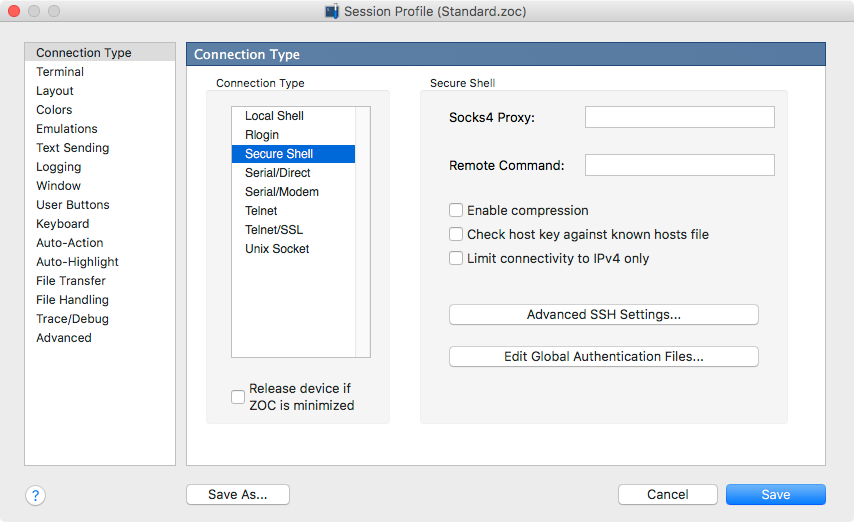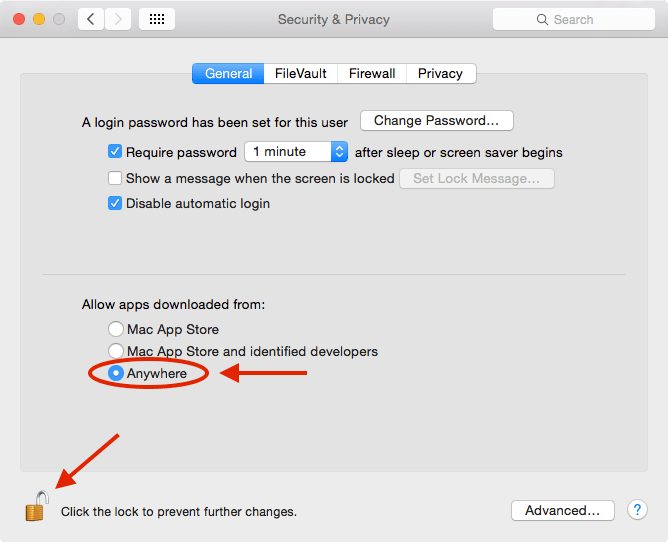

On the Mac side of things, the mini includes a collection of Firewire and USB ports. Another eccentricity of the IIc is the fact that instead of a standard RS-232 port the two serial ports are 5-pin DIN connectors, which will thus require an adaptor cable from the DIN connector to the more standard, 9 pin, RS-232 connector. The Super Serial Card, introduced in 1981, became the main stay of serial cards from Apple since it replaced the need for two individual cards for a printer and modem. A compatible Super Serial Card drives both of these serial ports. While the IIc is a ‘closed’ system, unlike other Apple IIs it does include two built in serial ports, one for a printer and one for a modem. Why can’t it be a hardware function again or at least why can’t it be running on a dedicated piece of cheap, reliable hardware? Enter the Apple II platform and the nice, compact IIc.
#Terminal emulator for mac serial port software
Terminal is an interesting application, a piece of software that’s mimicking what use to be a hardware function. Taking a looking at the applications I depend on I see the beginnings of an idea. What I need is the ability to off-load some of windows, ones that need to be visible even for a quick glance, as needed, an IRC conversation or the output of a running web process, for example.

So virtual desktops is workable, but not perfect.

But until Spaces in OS X 10.5 is released, its not supported by default on the Mac platform and third party apps can get a bit messy, with dialog boxes and toolbars getting ‘lost’ from their application’s main window.

With virtual desktops any number of desktop workspaces can be created. Virtual desktops are a better solution since they skip the hardware display’s limit all together. Worst yet these options don’t really solve the problem but lessen it but trying to add more ‘real estate’ to the computing desktop. virtual desktops) setups.īigger screens and multi-screen setups are fancy (and in vogue these days), but on the Mac side of things you have to plunk down serious money, not something many budget conscious businesses will spend out of hand. Over the years there have been many ‘solutions’ to this issue, bigger screen, multi-screen or virtual screen (a.k.a. With those applications and more, depending on what I’m working on, my screen can get pretty cluttered, pretty fast. Usual suspects include Text Wrangler, Safari, Internet Explorer (versions 6 and 7 via Parallels), Firefox, Terminal, iTunes and Mail. In this capacity I can have any number of different applications running at the same time. If you look closely enough, you’ll see that IIc is more than decoration, it is running and is in fact used everyday.įor those new to this blog, I work as a web developer for zoomshare. For example, take a look at my current office setup, one Mac mini, one Apple IIc. The platform’s openness and ubiquity help carry it even in today’s world of ‘modern’ computing platforms. The first Apple II computer, the successor to Apple’s first computer, was introduced to the world in April of 1977, yet it didn’t go on sale until June, hence its June 5th birthday. This fact might explain why the Apple II computing platform’s 30th birthday this month has come with little fanfare (or perhaps everyone is just overly stimulated waiting for the iPhone?) Yet, the Apple II family of computers can be just as useful today even if they are no longer considered ‘state-of-the-art’. It’s a well-regarded ‘fact’ that electronic devices are outdated even before the packaging has been completely removed. In theory any Apple II should work, but I make no promises that the process is the same, or is even possible on all compatible Apple IIs. One other note, I’ve had succeeded in setting up an un-enhanced Apple IIe and an Apple IIc in the manner described below. There are of course plenty of wild and crazy projects people have undertaken with ‘out-dated’ hardware, but in the end are those projects ‘useful’? Setting up an Apple II as a terminal might not be useful to everyone, but what I’ve outlined below is an evolution of a project I’ve been thinking about from sometime, and the obvious usefulness in a working environment just finally caught up with me. The steps outline here is about practicality – with perhaps a sense of style, long standing appreciation for Apple hardware and fun at discovering or rediscovering some useful computing setups. My answer is that this solution is not meant to be original or even ‘modern’. I’m sure some one will read this post and comment, well that’s not innovative, using an Apple II as a ‘dumb’ terminal to a Mac.


 0 kommentar(er)
0 kommentar(er)
